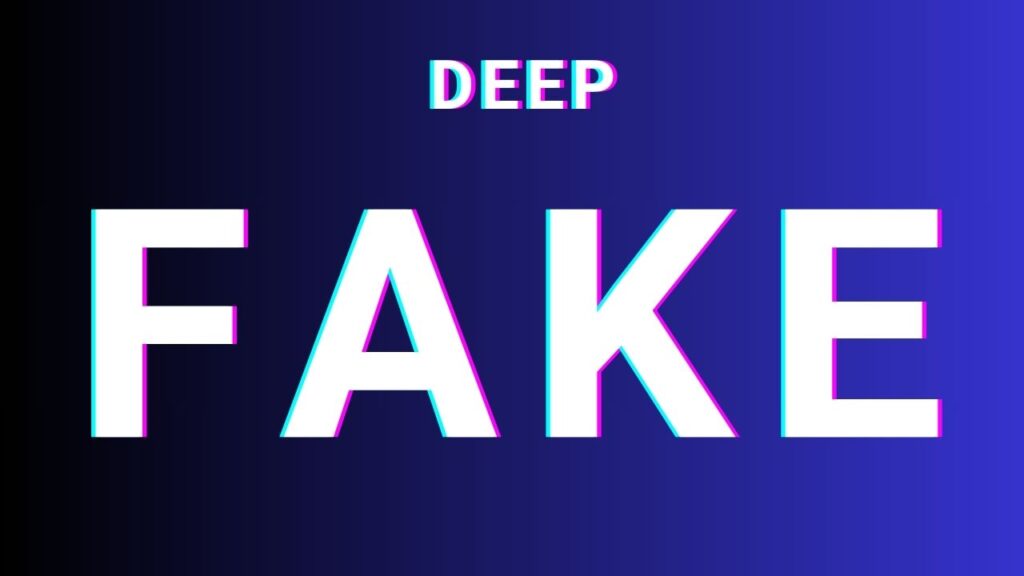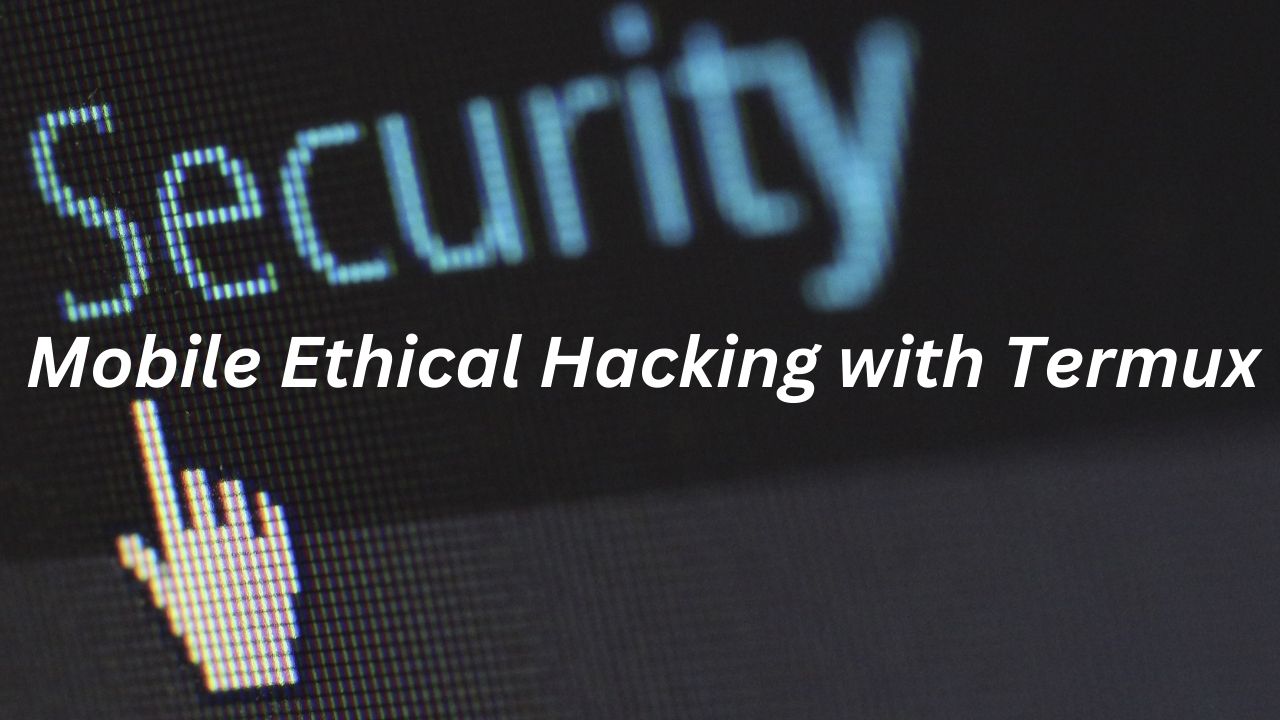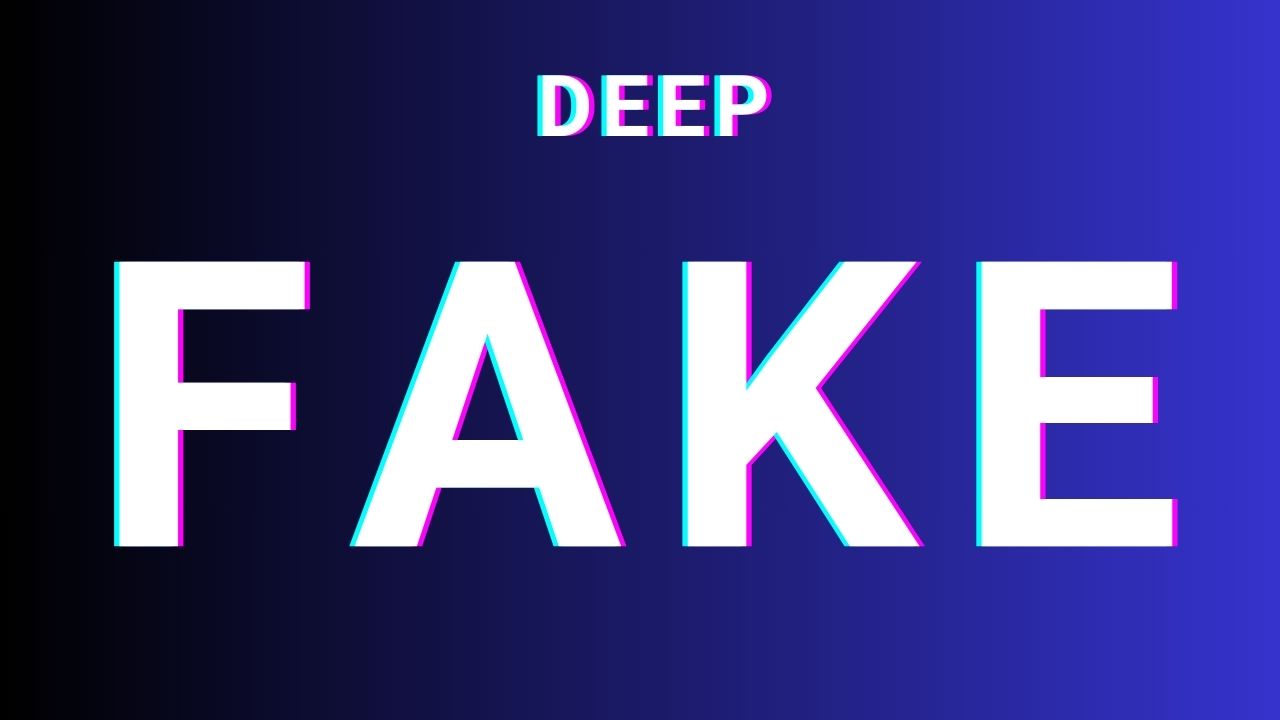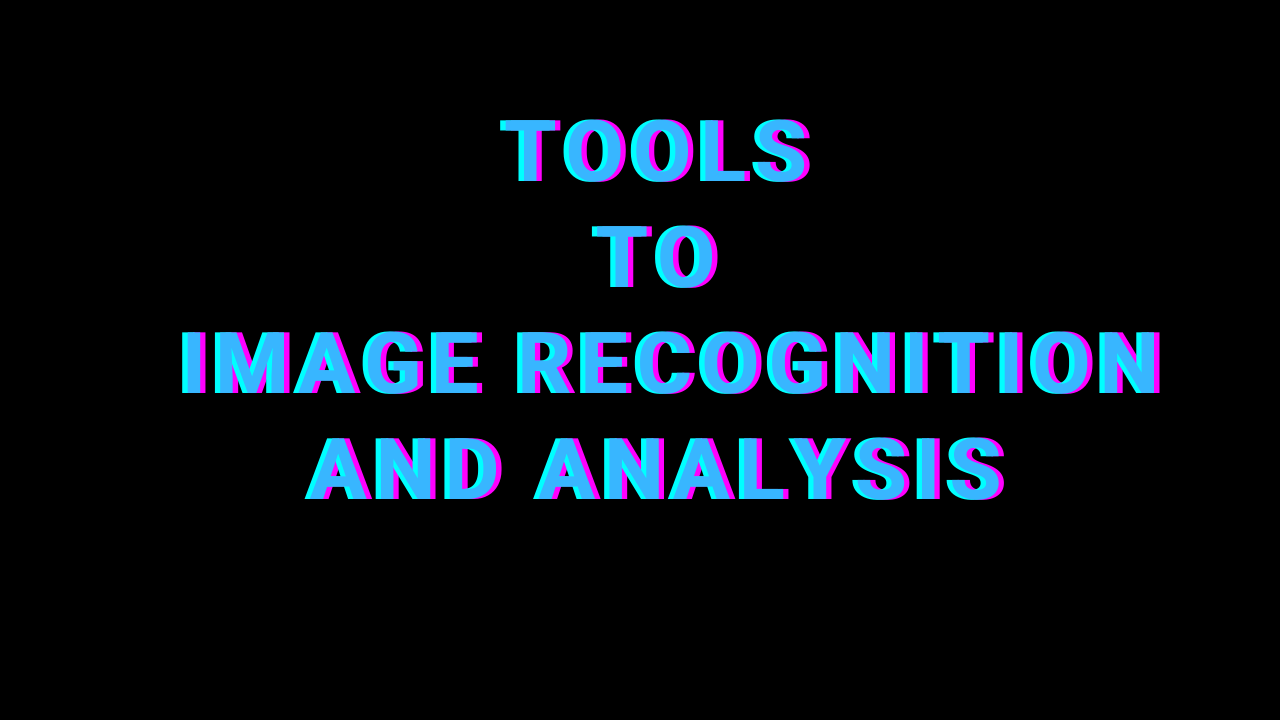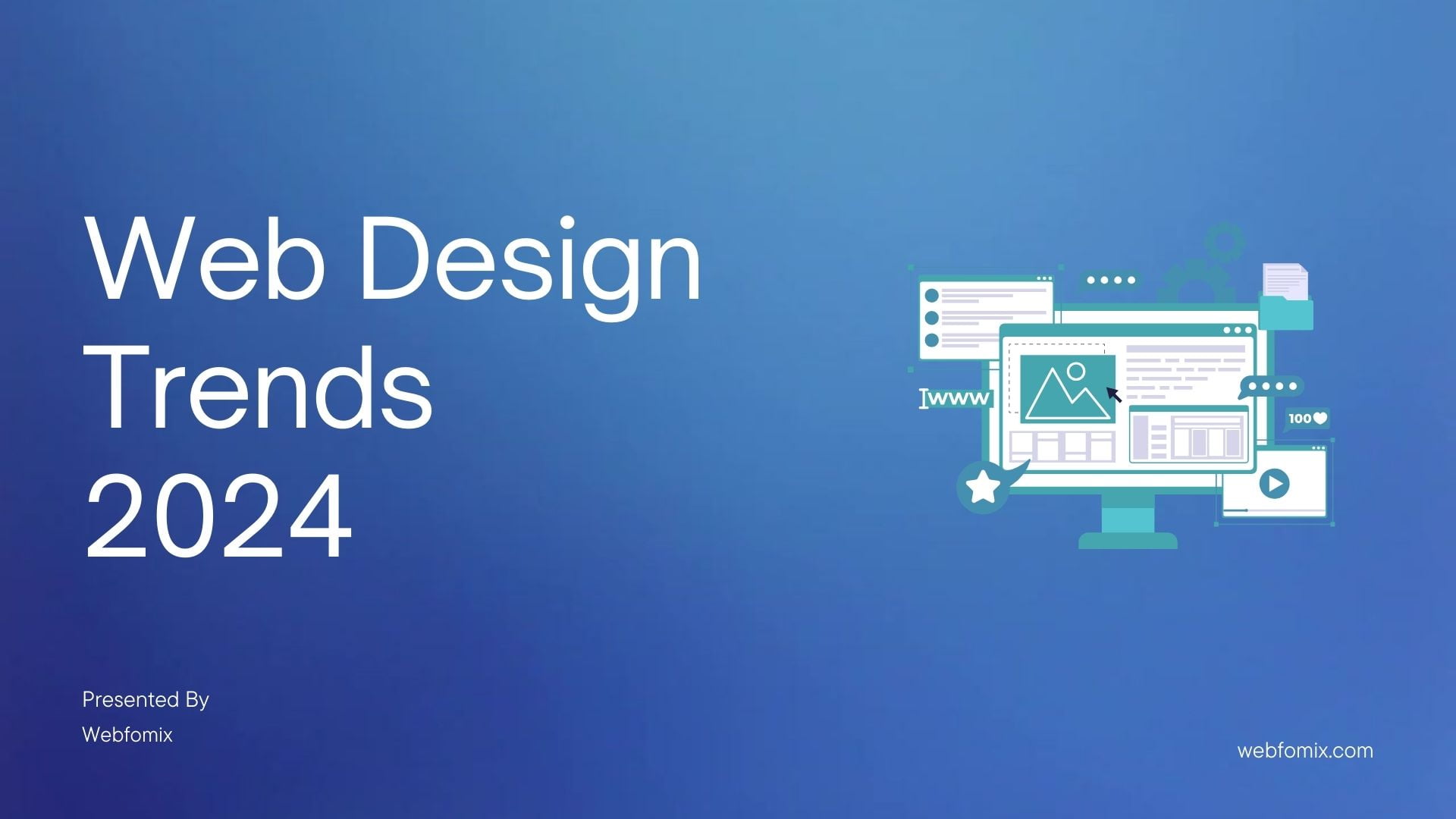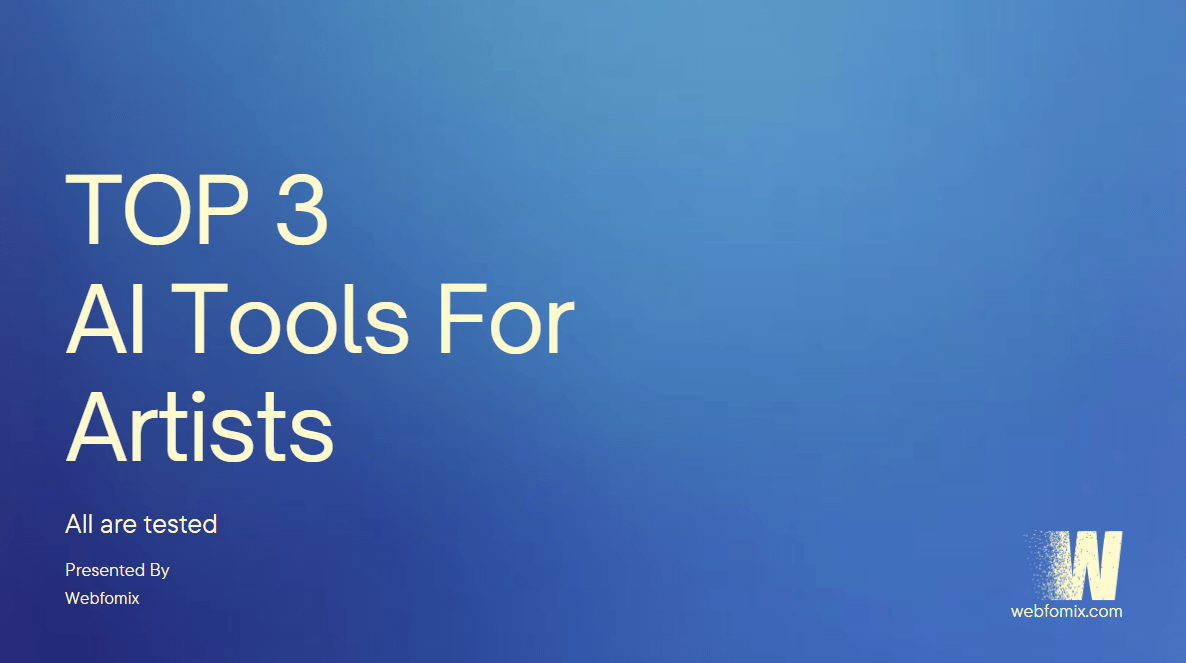Deep fake videos, while seemingly magical, are actually created using a combination of artificial intelligence and clever algorithms. Here’s a breakdown of the process:
Machine Learning
Deep fakes rely heavily on machine learning, particularly a technique called Generative Adversarial Networks (GANs). These are essentially two neural networks pitted against each other:
- Generator: This network creates the fake video or audio, trying to fool the other network.
- Discriminator: This network acts as the judge, trying to identify whether the content is real or fake.
Through an iterative process, the generator learns from the discriminator’s feedback, constantly refining its creations until they become indistinguishable from real content.
Steps involved:
- Gathering source material: This includes high-quality videos and images of the target person, as well as audio recordings of their voice.
- Training the AI: The GANs are trained on this source material, learning the intricacies of the person’s appearance, voice, and mannerisms.
- Generating the fake content: The generator then uses this knowledge to create new videos or audio where the target person appears to be saying or doing something they never did.
- Refining the results: The discriminator analyzes the generated content and provides feedback to the generator, helping it create more realistic fakes.
Additional techniques:
- Auto encoders: These are another type of neural network that can be used to learn and compress facial features, aiding in the creation of realistic expressions and movements.
- Voice cloning: Deepfakes can also manipulate audio, using voice samples to create realistic speech patterns.
How accessible is this deepfake video software to the general public?
The accessibility of deepfake video software to the general public depends on several factors:
Technical Difficulty:
- Open-source tools: Some open-source projects like DeepFaceLab and Faceswap require technical knowledge and coding experience to use effectively. These tools are not very accessible to casual users.
- Mobile apps: Simpler mobile apps exist with limited customization options, making them easier to use but offering less control and realism.
- Online services: These services often have user-friendly interfaces but may limit customization and charge fees.
Availability:
- Open-source tools: These are readily available online through repositories like GitHub.
- Mobile apps: Most app stores have policies against harmful content, and deepfake apps might be removed or restricted.
- Online services: These services might have limited availability depending on their location and target audience.
Cost:
- Open-source tools: Free to use, but require technical expertise and additional resources like powerful computers.
- Mobile apps: Some apps are free, while others have in-app purchases or subscriptions.
- Online services: These typically have paid plans with varying pricing structures.
What are the primary features and capabilities of this deepfake software?
general features and capabilities of deepfake software:
Visual manipulation:
- Face swapping: Replacing someone’s face in a video with another person’s face.
- Expression manipulation: Altering facial expressions to depict emotions not shown in the original footage.
- Deepfaking entire characters: Creating realistic digital actors indistinguishable from real people.
Audio manipulation:
- Voice cloning: Mimicking a person’s voice to generate realistic speech they never said.
- Lip synchronization: Matching generated speech to mouth movements in video footage.
- Adding or removing background sounds: Enhancing authenticity or manipulating context.
Accessibility and capabilities vary:
- Advanced tools: Require technical expertise and powerful computers, often used for malicious purposes.
- User-friendly tools: Mobile apps or online services with limited functionalities, mainly for entertainment.
- Capabilities constantly evolve: New techniques and advancements emerge, making detection more challenging.
Potential harms:
- Misinformation and propaganda: Spreading false information or manipulating public opinion.
- Damage to reputations: Fabricating situations to harm someone’s image or career.
- Privacy violations: Using someone’s likeness or voice without their consent.
Recommendations for the public:
- Critical thinking: Don’t blindly trust everything you see or hear online.
- Source verification: Check the source of the content and its credibility.
- Inconsistency detection: Look for unnatural lighting, skin tones, lip syncing errors, or voice patterns.
- Reverse image search: Use tools to check if images or videos have been manipulated before.
- Be aware of limitations: Deepfakes can be very convincing, but they still have limitations.
- Report suspicious content: Flag potential deepfakes to platforms and authorities.
How does the software handle issues such as consent and privacy when creating deepfake videos?
While deepfake software empowers creative expression, it presents a chilling ethical dilemma regarding consent and privacy. This technology allows manipulation of someone’s likeness without their knowledge or approval, potentially causing reputational damage and privacy violations. Even publicly available data like photos or videos, not intended for deepfaking, can be weaponized. Current software lacks built-in safeguards, highlighting the urgent need for ethical design principles and legal frameworks. Public awareness plays a crucial role in empowering individuals to protect themselves and critically evaluate online content. Only through a combined effort of ethical development, clear legislation, and informed users can we ensure deepfakes serve positive purposes and safeguard individual privacy.
